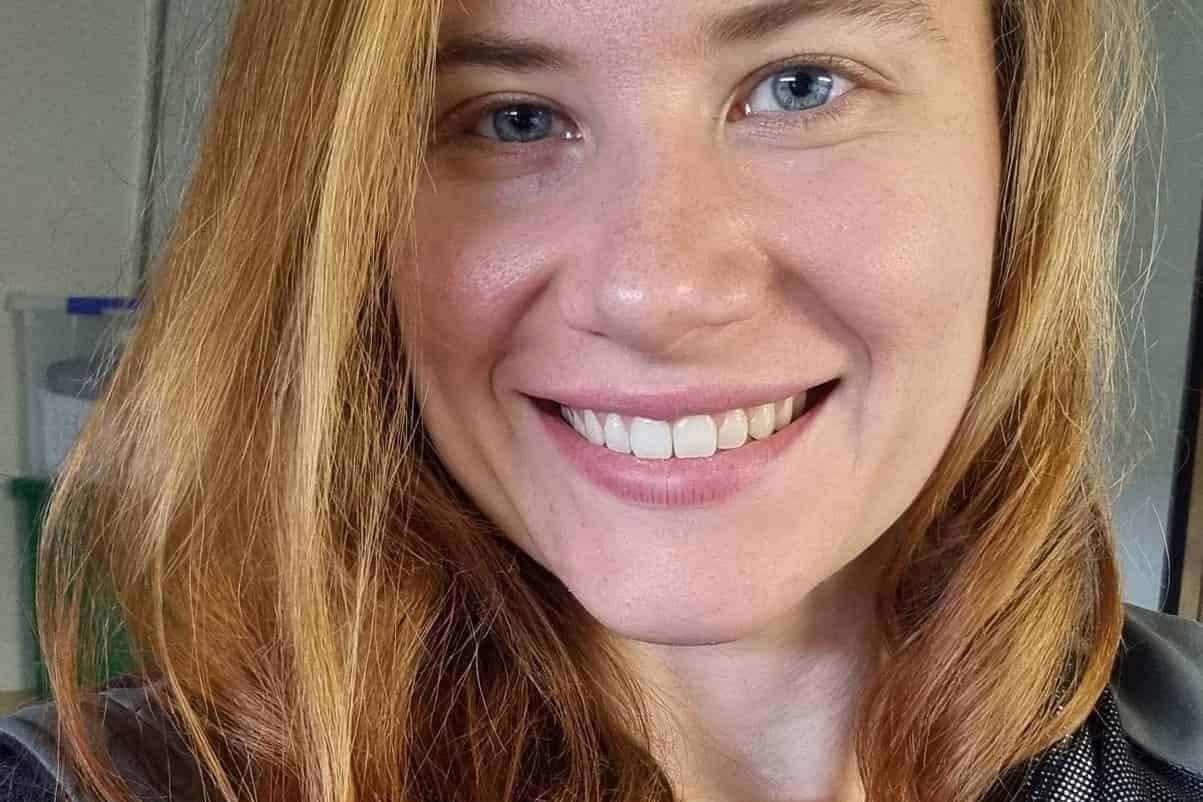Biosecurity Network Interventions
The spread of pests, weeds and pathogens into Aotearoa is a major cause of the decline of its biological heritage. This includes profitability of agriculture, access to export markets and the population viability of native and taonga (treasured) species.
The inventory of research outputs and resources can be found here:
overview Te Tirohanga Whānui
To develop and implement modelling tools for nursery trade, livestock movement and recreational travel networks:
- Map generic patterns of likely introduction and spread through New Zealand.
- Identify critical points in networks for surveillance.
- Increase traceability so any outbreak can be traced back to the supplier or importer.
project-summary
Led by Professor Phil Hulme of Lincoln University, this project focuses on the roles that four human-assisted networks, both individually and together, may play in the spread of pests, weeds, and pathogens:
- The plant nursery network: the movement of live plants through professional nurseries is known to be an effective means to disseminate plant pathogens, invertebrate pests, and weeds.
- The livestock transport network: livestock movements are known to play a critical role in the spread of animal diseases (e.g. FMD), ticks, and parasites.
- The freshwater recreational user network: New Zealand lakes are widely recognised as hubs for potential invasion via recreational users moving weeds and invertebrate pests.
- The natural area visitor network: the increasing penetration of visitors into natural areas provides new routes for the entry of pests, weeds, and pathogens into areas of high biodiversity value, and have been responsible for introducing and spreading pathogens (e.g. Phytophthora, myrtle rust) and weeds.
highlights Ngā Mahi Whakahirahira
- Delivering network tools to help MPI better manage the spread of zoonotic pathogens in poultry farms through controls on feed and animal movements.
- National survey of lake users has helped improve MPI’s Check, Clean, dry advocate programme by highlighting strong connectedness of lakes and variable compliance among some users.
- Work with Tahuri Whenua Network has raised the issue of risks arising from moving plant produce among different iwi and Māori grower groups
Challenge Parties
The team brings together high-profile university academics (including two FRSNZ) with senior CRI colleagues to integrate fundamental and applied aspects of applying network models in biosecurity across a range of threats.
Links have been made with the Bio-Protection Research Centre as well as Complexity (Te Pūnaha Matatini) CoREs and the Plant Biosecurity CRC.
Looking for more information?
If you’re looking for any outputs (papers, data etc) from this project that you don’t see on this page please visit our data repository.
Team Members Ngā kaimahi
- Phil Hulme; Lincoln University
